Interview by Jana Hoops. Special to the Clarion-Ledger Sunday print edition (July 29)
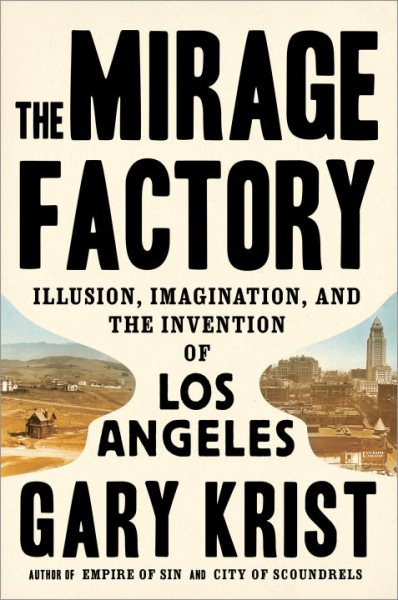 Gary Krist’s fascinating account of the history of Los Angeles during the first three decades of the 20th century puts a highly personal face on the mage-city’s early days through the almost unbelievable stories of three of its most interesting and important influencers in The Mirage Factory: Illusion, Imagination, and the Invention of Los Angeles (Crown Publishing).
Gary Krist’s fascinating account of the history of Los Angeles during the first three decades of the 20th century puts a highly personal face on the mage-city’s early days through the almost unbelievable stories of three of its most interesting and important influencers in The Mirage Factory: Illusion, Imagination, and the Invention of Los Angeles (Crown Publishing).
The stories of engineer William Mulholland, filmmaker D.W. Griffith, and evangelist Aimee Semple McPherson weave a dramatic and entertaining narrative that reveals much of how the unique culture and personality of today’s Los Angeles evolved.
Krist also authored the bestselling Empire of Sin and City of Scoundrels as well as The White Cascade, along with five novels. HIs work has appeared in the New York Times, Esquire, the Wall Street Journal, Washington Post Book World, and other publications.
His work has earned honors that include the Stephen Crane Award, the Sue Kaufman Prize from the American Academy of Arts and Letters, a Lowell Thomas Gold Medal for Travel Journalism, and others.
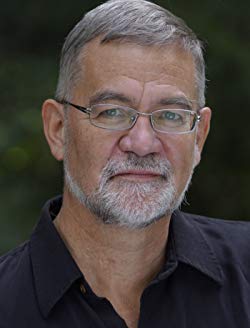
Gary Krist
Born and raised in Fort Lee, New Jersey, just across the river from Manhattan, Krist earned a degree in Comparative Literature from Princeton and later studied in Germany on a Fulbright Scholarship. He went on to live in New York City, then Bethesda, Maryland, for more than two decades before returning to his home state of New Jersey–where today, he and his wife Elizabeth Cheng now live in “an apartment in Jersey City right on the river looking out toward lower Manhattan.”
In your most recent books, you’ve written about New Orleans (Empire of Sin) and Chicago (City of Scoundrels). What led you to write about Los Angeles?
I see The Mirage Factory as the third of a trilogy of city narratives, the first two being, as you mention, the books about Chicago and New Orleans. It’s been fascinating to explore how each city grew and developed over time, each one coping with similar issues but in different ways, depending on the particular people and circumstances in each place.
What intrigued me about Los Angeles was the fact that this remarkable urban entity grew up in a place where no city should logically be. The area was too dry, too far from natural resources and potential markets; it was isolated by deserts and mountain ranges and without a good deep-water port. And yet it grew from a largely agricultural town of 100,000 in 1900 to a major metropolis of 1.2 million by 1930. That feat required imagination, not to mention some really unorthodox tactics–including plenty of deceptive advertising–and that’s the story I wanted to tell.
Please explain the title of the book.
The main point I wanted to convey in the title is that, granted, the city being promoted in the early 20th century was at first more image than reality, but eventually the hard work was done to make those mirages real. Since the site of Los Angeles lacked so many of the usual inducements to growth, city boosters trying to convince people and businesses to move to L.A. had to do a little creative salesmanship.
For instance, L.A. was advertised as a blossoming garden in the desert long before it had enough water to sustain that image; but eventually, through an enormous expenditure of creativity, effort, and money, it solved the problem by building the aqueduct. The city was also attracting too little industry; it solved this problem by more or less creating its own brand-new industry–motion pictures–a business literally based on selling images to the public.
So, while some people have interpreted the title too negatively, I see the term “mirage” as having both negative and positive connotations; a mirage, after all, stops being fraudulent when it actually takes physical form and becomes real.
The stories of the rise and fall of the figures you’ve chosen to highlight in this well-documented history of Los Angeles from 1900 to 1930 would probably be deemed almost unbelievable if they were fictional. In The Mirage Factory, you’ve chosen “three flawed visionaries,” as you called them, to tell the story of the city’s growth and cultural development during these years: engineer William Mulholland, filmmaker D.W. Griffith; and evangelist Aimee Semple McPherson. When you were conducting research for ideas, how did you settle on these three?
I always like to put a human face on the history I’m telling, so I try to focus on a few individuals whose stories allow me to discuss the important issues in a concrete way. these people are not necessarily the most influential figures in a city’s history, and they’re certainly not the individuals who “single-handedly” built the city–cities are always a group effort. But they must in some way be representative of the larger forces that DID build the city.
In the case of The Mirage Factory, I needed individuals to represent the three strands of the story I wanted to weave together–what I sometimes refer to as the water story, the celluloid story (i.e. Hollywood), and the spirituality story.
The first was a no-brainer; Mulholland was the dominant figure in L.A.’s water story for decades, and you really can’t tell the city’s history without him. For the celluloid story, I had a number of possible choices–Cecil B. DeMille, Charlie Chaplin, or on the studio heads like Adolph Zukor–but ultimately Griffith seemed to be the seminal figure, the person most responsible for taking the motion picture from a vaudeville house novelty to an industry-supporting art form. And as for McPherson, she may seem an obscure choice, since she’s not well known now; but in her day, she was at least as famous and influential as the other two, and she brought a large number of spiritually-seeking people to L.A.
Of course, the fact that all three of these people were fascinating individuals–with character flaws as big as their talents–was a definite bonus for me as a storyteller.
The city’s explosion in population from 1900 to 1930 was incredible, and you state that there were three main migrations to the city: the first being the well-off; the second primarily middle class; and third being those lower socioeconomic status who arrived hoping to become laborers. Tell me about the evolution of the city’s population as the years passed.
One thing that really surprised me when I was researching was how relatively homogeneous L.A.’s population was in the early decades of the 20th century, compared to that of other American cities. Given L.A.’ s current identity as a rich multicultural center, it was astonishing to me that the Los Angeles of the 1900s and 1910s still lacked large Latino, Asian, and African-American populations. That changed, of course, over the 1920s and 1930s, and especially during and after World War II. But until the 1920s, the city was drawing new residents largely from the well-heeled white populations of the Midwestern and Eastern states.
Taking each of the main characters individually, I’ll start with the contributions of Mulholland–an uneducated, self-taught man who would later be recognized as one of the leading engineers in the world. Why was his role so vital to the city’s existence and its future?
Mulholland was a phenomenon–a tireless autodidact with a remarkable memory and a prodigious work ethic who chose to devote his entire life to taking on the technical challenges of his adopted city. Every city should be so lucky. He was chief engineer of the Department of Water and Power, and its predecessor agencies, for decades, during which time he built the city’s water system up from essentially a small network of wooden pipes and open ditches. Really, the conception and construction of the L.A. Aqueduct was only one of his many feats.
The problem with Mulholland was that he began to believe the fastest and most efficient way to get things done was to do it all himself. As a result, he often proceeded without sufficient oversight and input from people who might have had more expertise in a specific area. In the end, that was the character flaw that led to the St. Francis Dam disaster and finished his career.
The role that D.W. Griffith played in the film industry was a major contribution to the city’s growth, providing thousands of jobs. What made his efforts to establish the industry in Los Angeles so successful?
Griffith essentially laid the groundwork for narrative motion pictures by taking many of the techniques being developed in the early years–close-ups, tracking shots, crosscutting–and combining them into a coherent and flexible grammar of visual storytelling. He didn’t invent those techniques, as he sometimes claimed, but he was uniquely successful at blending them to tell a powerful story.
As for turning movies into a major industry, though, it was the extraordinary financial success of his film The Birth of a Nation–as problematic as its racism was and is–that finally convinced Wall Street and the Eastern banks that movies were more than just a cottage industry–that they could be a big business comparable to steel, oil, and textiles.
The story of Aimee Semple McPherson is one I’ve never heard, but fascinating. Her evangelistic leadership played into and strengthened the city’s openness about spiritual matters. How is her influence still seen in the city?
McPherson’s extremely high profile in the 1920s and 30s allowed her to spread the word about Los Angeles as a center of often unconventional spirituality. Her unique combination of a positive and inclusive message with a heavy dose of arresting spectacle, including faith healing, speaking in tongues, dramatic illustrated sermons, and the like, became a powerful attraction for seekers of all kinds.
That legacy is preserved in the continuing relevance of the church she built–the Angelus Temple in the Echo Park neighborhood–and its outreach ministry, the Dream Center, which aids the city’s poor, homeless, addicted, and displaced. And the religion she founded, the Church of the Foursquare Gospel, now has over 6 million members worldwide.
During its early years, Los Angeles was in somewhat of a competition with San Francisco to become a leading and more influential American city, despite its location in the middle of a large desert. Why did L.A. win?
I wouldn’t say that San Francisco has really “lost” the competition, since it remains a hugely vital and influential city, but L.A. has outstripped it in size and, arguably, at least, in worldwide impact. It’s hard to say exactly why that happened, especially since San Francisco had such a long lead on L.A., developing as a city many decades earlier.
In a way, Los Angeles had to work harder. For instance, San Francisco had a superb natural harbor; L.A., on the other hand, had to undertake extensive improvements to make its harbor competitive. San Francisco had the enormous wealth created by the gold rush to jump-start its growth; L.A. had to figure out creative ways to bring investment and population to the city. So maybe it’s a matter of necessity being the mother of invention.
I’m a big fan of yours. do you already have a new writing project in the works?
I’m still in the early stages of research for the next project, but San Francisco attracts me as another, entirely different city whose history I’d like to explore. So maybe my trilogy of city narratives will become a quartet.
The Mirage Factory is Lemuria’s August 2018 selection for our First Editions Club for Nonfiction. Gary Krist will appear at the Mississippi Book Festival Aug. 18 as a participant in the American History panel at 10:45 a.m. at the C-SPAN room in Old Supreme Court Room at the State Capitol.



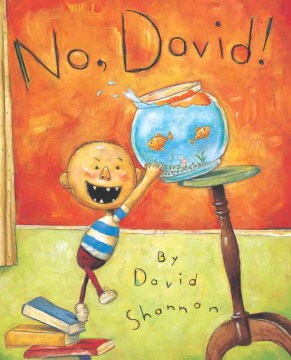 With a Caldecott Honor under its belt, No, David! has become a fixture in households around the country for its quick and funky drawing style and light-hearted humor. Meet David, a typical young boy who just can not seem to keep out of trouble. This treasure is based on author David Shannon’s first autobiography that he wrote at just five years old. Delve into the sometimes chaotic world of No, David! with a little bit of humor and get ready for trouble!
With a Caldecott Honor under its belt, No, David! has become a fixture in households around the country for its quick and funky drawing style and light-hearted humor. Meet David, a typical young boy who just can not seem to keep out of trouble. This treasure is based on author David Shannon’s first autobiography that he wrote at just five years old. Delve into the sometimes chaotic world of No, David! with a little bit of humor and get ready for trouble!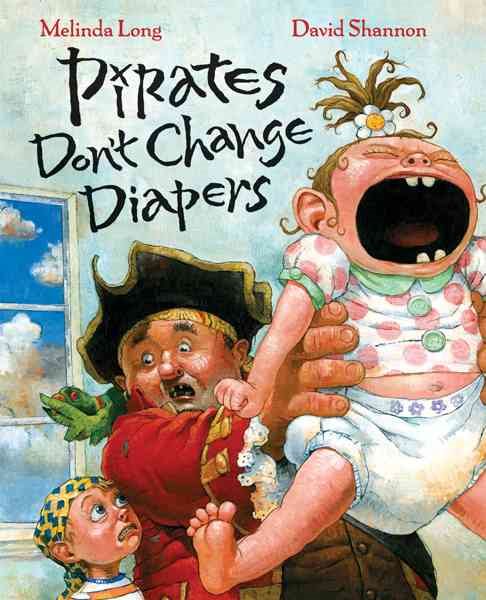 In the sequel to How I Became a Pirate (which is arguably better than the original), David Shannon arrives again on this list for even more fantastic illustrations and with Melinda Long’s funny storytelling, this duo is bound to hit it out of the park. With a title that good, how can you pass it up? Jeremy and the crew are back at it again in the quest of babysitting his baby sister and (somehow) also finding treasure!
In the sequel to How I Became a Pirate (which is arguably better than the original), David Shannon arrives again on this list for even more fantastic illustrations and with Melinda Long’s funny storytelling, this duo is bound to hit it out of the park. With a title that good, how can you pass it up? Jeremy and the crew are back at it again in the quest of babysitting his baby sister and (somehow) also finding treasure!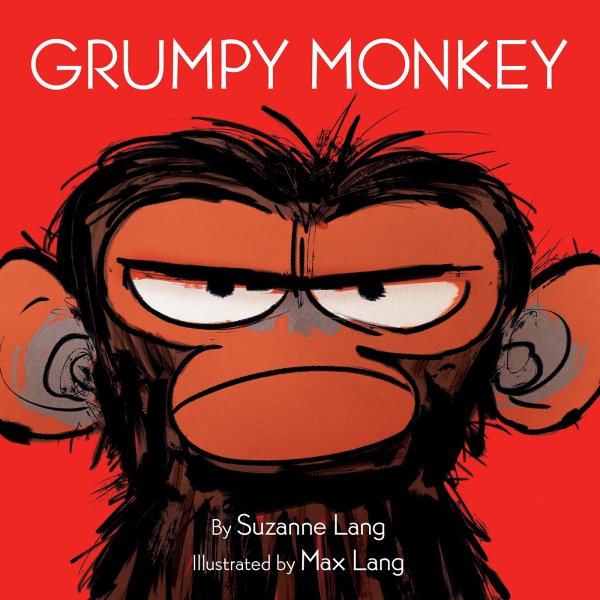 Has your toddler ever been grumpy over absolutely nothing? This book is for you. Jim Panzee, the title monkey, is just having a grumpy day and can’t seem to get out of his sour mood. Follow this adorable character and his equally charming friends in the quest of not being so grumpy.
Has your toddler ever been grumpy over absolutely nothing? This book is for you. Jim Panzee, the title monkey, is just having a grumpy day and can’t seem to get out of his sour mood. Follow this adorable character and his equally charming friends in the quest of not being so grumpy.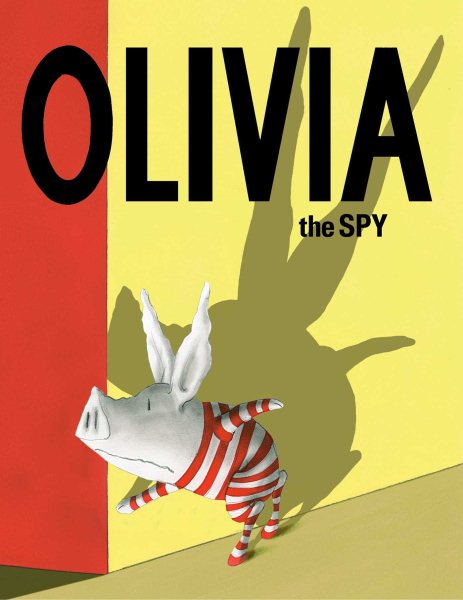 Ian Falconer’s series of books details the life of Olivia, a young pig with a sassy attitude who might not be so different from most young human girls. Girls can relate to her and parents can laugh a all of her shenanigans and wild stories that seem oh-so-familiar. In the books, Olivia strives to be different and stand out against the crowd, her dreams filled with applause and encores from a packed audience. The Olivia books are charming, entertaining, and a joy to read with young girls.
Ian Falconer’s series of books details the life of Olivia, a young pig with a sassy attitude who might not be so different from most young human girls. Girls can relate to her and parents can laugh a all of her shenanigans and wild stories that seem oh-so-familiar. In the books, Olivia strives to be different and stand out against the crowd, her dreams filled with applause and encores from a packed audience. The Olivia books are charming, entertaining, and a joy to read with young girls.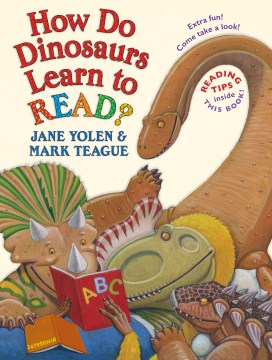 How Do Dinosaurs is great for young boys and girls who love dinosaurs and parents who want books in a series that have concepts such as love, friends, pets, school, bedtime, etc. With funny and beautiful illustrations, one can’t help but be sucked into this fun, not so imaginary world where dinosaurs rule.
How Do Dinosaurs is great for young boys and girls who love dinosaurs and parents who want books in a series that have concepts such as love, friends, pets, school, bedtime, etc. With funny and beautiful illustrations, one can’t help but be sucked into this fun, not so imaginary world where dinosaurs rule.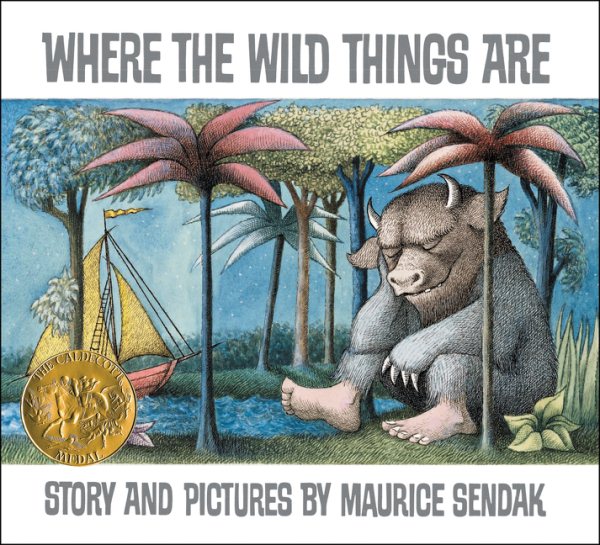 Any explanation needed? Where The Wild Things Are is the PERFECT book for any child. It’s a classic, wonderful for both girls and boys, and a way for parents to reminisce about their own childhood. The story is magical, enjoyable, and has an ending to warm anyone’s heart. The art paired with the spectacular writing allows the reader (or readers) to be fully immersed in the story as if they are walking beside its main character, Max, all along. Let yourself go wild with this spectacular classic, bound to keep moving down throughout the generations.
Any explanation needed? Where The Wild Things Are is the PERFECT book for any child. It’s a classic, wonderful for both girls and boys, and a way for parents to reminisce about their own childhood. The story is magical, enjoyable, and has an ending to warm anyone’s heart. The art paired with the spectacular writing allows the reader (or readers) to be fully immersed in the story as if they are walking beside its main character, Max, all along. Let yourself go wild with this spectacular classic, bound to keep moving down throughout the generations. I’ll end this list with one of my favorite children’s books I have read this summer, focusing on the best book of the series. Ada Twist, Scientist along with Iggy Peck, Architect and Rosie Revere, Engineer are possibly the cutest children books I have ever had the privilege to read, and that is a lot coming from me, a person who probably says the word “cute” more times a day than I would like to admit. There is just something about these books that I cant help but adore–the way the rhyming in the books flows and creates such an amazing voice in the books is almost magical. The illustrations are unique and creative, and seem to have been done with care. I also love the adding of a main character of color in the series with Ada Twist, Scientist. The book seems to be the most “polished” book of the series, the story engages the reader, the colors in the illustrations are vibrant, and every child I have read it to adore it.
I’ll end this list with one of my favorite children’s books I have read this summer, focusing on the best book of the series. Ada Twist, Scientist along with Iggy Peck, Architect and Rosie Revere, Engineer are possibly the cutest children books I have ever had the privilege to read, and that is a lot coming from me, a person who probably says the word “cute” more times a day than I would like to admit. There is just something about these books that I cant help but adore–the way the rhyming in the books flows and creates such an amazing voice in the books is almost magical. The illustrations are unique and creative, and seem to have been done with care. I also love the adding of a main character of color in the series with Ada Twist, Scientist. The book seems to be the most “polished” book of the series, the story engages the reader, the colors in the illustrations are vibrant, and every child I have read it to adore it.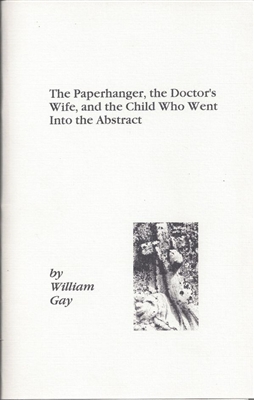 In the 1950s, the Beats adopted the form to publish poetry, most famously “Howl” by Allen Ginsberg and issued by Lawrence Ferlinghetti of City Lights books in San Francisco. The Pocket Poet Series introduced avant-garde poetry to the masses and is still in print today. Broadside Press in Detroit supported the writers of the civil rights movement, publishing Margaret Walker’s “
In the 1950s, the Beats adopted the form to publish poetry, most famously “Howl” by Allen Ginsberg and issued by Lawrence Ferlinghetti of City Lights books in San Francisco. The Pocket Poet Series introduced avant-garde poetry to the masses and is still in print today. Broadside Press in Detroit supported the writers of the civil rights movement, publishing Margaret Walker’s “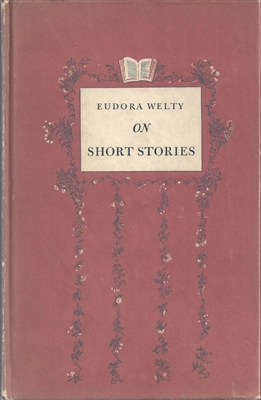 John Updike’s “The Women Who Got Away” (William B. Ewert, 1998) is an example of an embellished chapbook illustrated with woodcuts by Barry Moser. “Gwinlan’s Harp” by Ursula K. Le Guin (Lord John Press, 1981) and “
John Updike’s “The Women Who Got Away” (William B. Ewert, 1998) is an example of an embellished chapbook illustrated with woodcuts by Barry Moser. “Gwinlan’s Harp” by Ursula K. Le Guin (Lord John Press, 1981) and “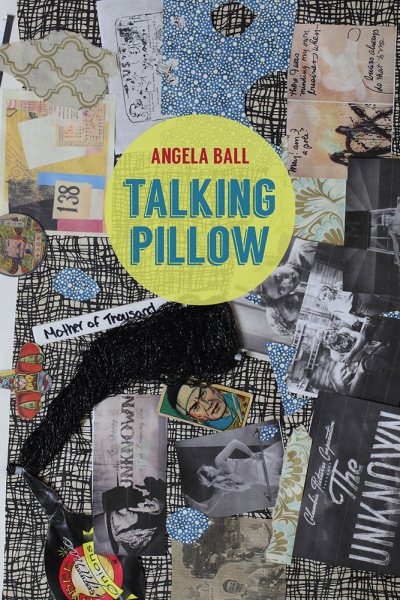 Underscored by the sudden death of Ball’s long-time partner, each poem in
Underscored by the sudden death of Ball’s long-time partner, each poem in  Following the debut release of
Following the debut release of 

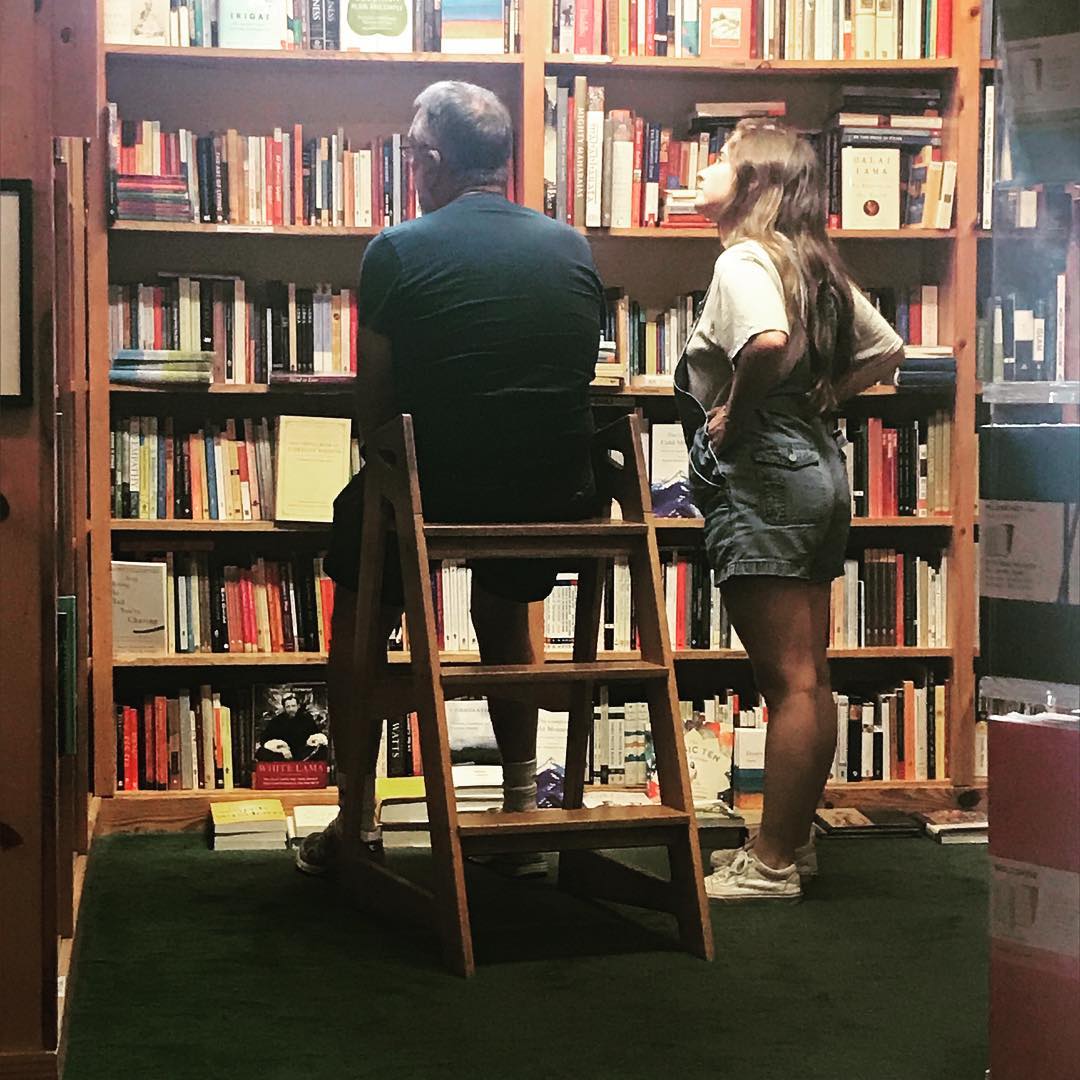
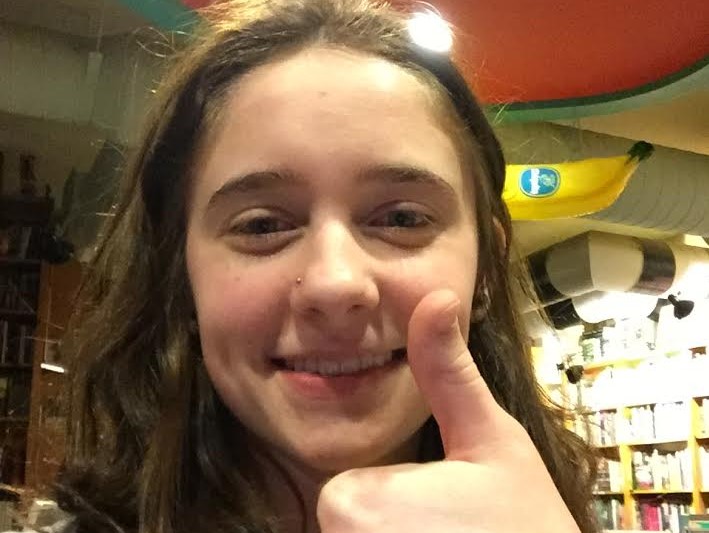
 Like, really selfish. She also makes sure to remind the reader every so often of how pretty and thin she is. But I can’t help but like her. Go figure. It’s the year 2000, and the narrator has decided to put her life on hold and hibernate for a year. She goes to the yellow pages and accidentally finds the worst psychiatrist in New York City. Faking insomnia to get sleeping pills, her psychiatrist throws every pill possibly related to this condition at her. This suits her just fine as she thinks up new cocktails of pharmaceuticals to take to make her sleep more and dream less.
Like, really selfish. She also makes sure to remind the reader every so often of how pretty and thin she is. But I can’t help but like her. Go figure. It’s the year 2000, and the narrator has decided to put her life on hold and hibernate for a year. She goes to the yellow pages and accidentally finds the worst psychiatrist in New York City. Faking insomnia to get sleeping pills, her psychiatrist throws every pill possibly related to this condition at her. This suits her just fine as she thinks up new cocktails of pharmaceuticals to take to make her sleep more and dream less.
 Clock Dance
Clock Dance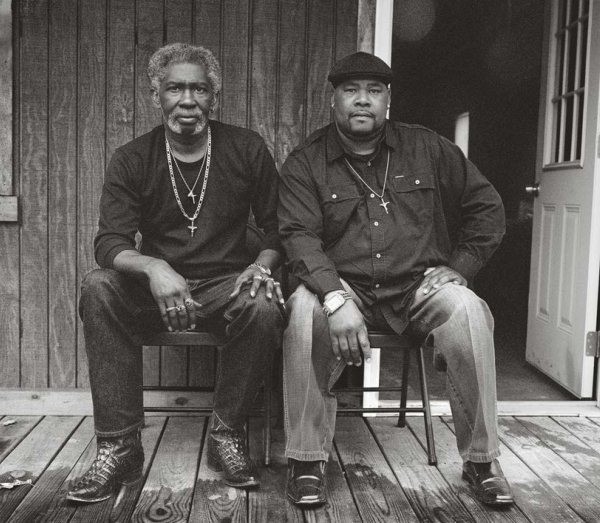 In her new book,
In her new book,